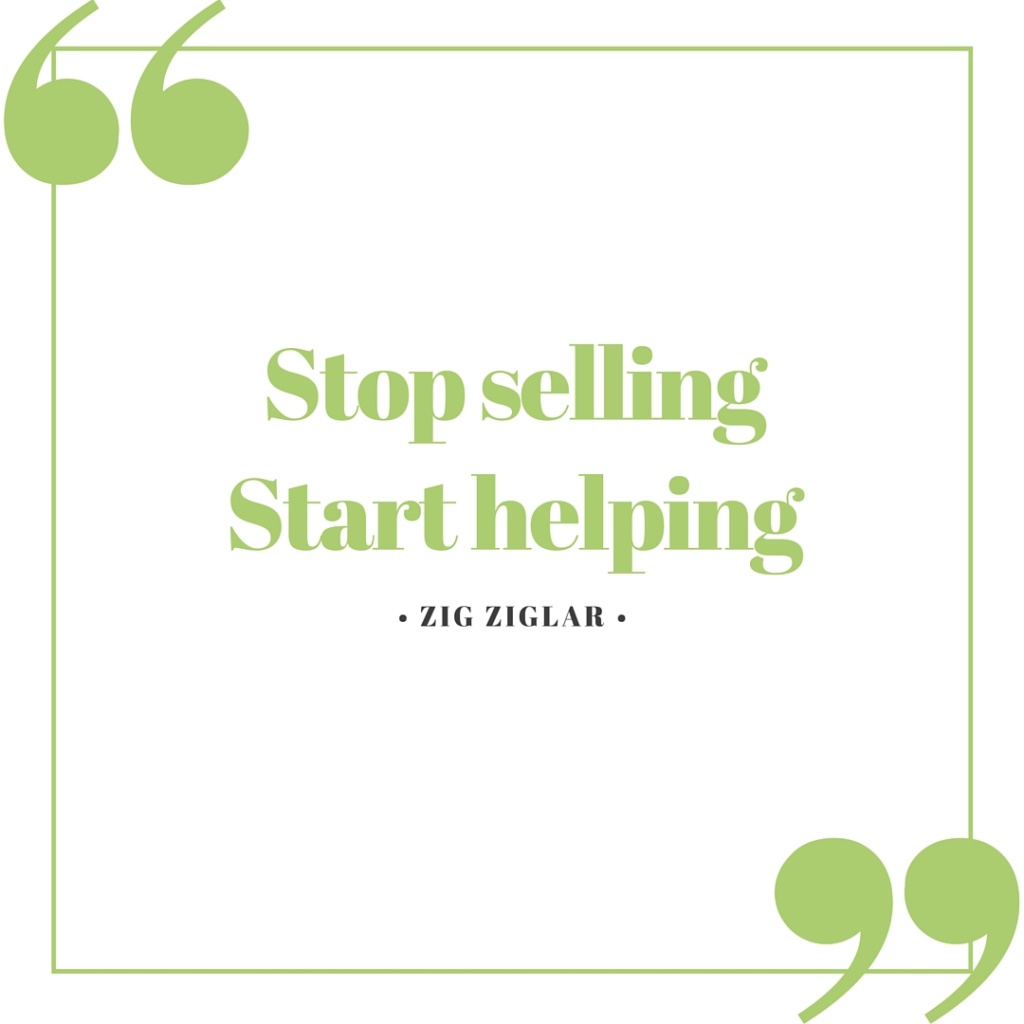
Your content matters: 4 copywriting tips for newsletters
By Helena Engstrom | helena@vasskommunikation.se
Updated Article: The written content of your newsletters is one of the most important factors in the success of your mailings. Given that newsletters can help you start engaging with potential customers and stay engaged with current ones, it’s obvious that your content matters; from start to finish. In this short blog post I’m going to share with you the best copywriting tips for newsletters, encouraging you to take action so that your newsletters become spectacular.
1. Know your audience
The first step when writing your newsletter is to define your audience.
Where are they located? What group of age and gender? What topics are they interested in?
Knowing your audience will influence the tone and structure of the newsletter. It also helps you to make decisions about what kind of information your readers would like. For instance, an audience of older men probably won’t be interested in the latest mascara or lipstick so why would you send them newsletter promoting those products? Instead, choose a relevant topic just for the audienece that you want to send your newsletter to.
2. Converse with your audience
The point of your newsletter is to build a relationship with your readers. “Stop selling, start helping” as Zig Ziglar, motivational speaker, American author and salesman, describes it.
This might sound like common sense, but not to everyone. You’d be surprised at how many marketers just want to talk about themselves to their customers. That’s why writing newsletter content is most often delegated or outsourced.
Building relationships starts with building trust. That means you need to respect your readers’ time by offering relevant advice and tools, and sharing information that benefits them (not just you).
Conversation also means personal using pronouns like “you” more than “we” to show that you are speaking directly to your readers. Let’s make it more about your customers than yourself, OK?
Still wondering how to get personal? Read more about building relationships here.
3. Stay focused
Let me take a guess at what you’re planning on including in your next newsletter:
• All the new things coming up for you or your company
• Your amazing products
• Your next-level competence
Sound familiar? Don’t beat yourself up too much – we’re all guilty.
If you recognize this kind of content in your own newsletters, it’s important to know that it’s not too late to improve.
In your next newsletter, try not to cram too much information into one page. You don’t have to update your readers on everything that has happened since you last sent a newsletter. What you want to say and what your audience want to hear is sometimes two different things. Stay focused with just 3-4 news items in each newsletter is my recommendation. After all, it’s a newsletter – not a newspaper. If you have more than 3-4 things to say in the one newsletter, maybe it’s time to consider your frequency of send outs.
Lack of ideas? Use this list of 24 newsletter content ideas.
A note on how often should you be sending your newsletters
You don’t want to send it too often, since you might decrease click-through rates and increase unsubscribes. Too frequent updates and your newsletters will be seen as spam, too infrequently and your audience will forget about you.
Once a month is OK if you can produce interesting news that will make your newsletter feel like a welcome email in your readers’ inboxes. Consistency is key. Choose a frequency that you and your readers are comfortable with and stick with it.
Related Video: Campaign building: from newsletter to conversion.
4. Include call-to-actions
“Stop selling, start helping”, does not mean that you should delete all your call-to-actions – they are still a part of the experience for the user and part of the sales funnel for your company.
As pointed out, the idea of a newsletter is to build a relationship with your audience, rather than make a direct sale. Give your audience just enough information but leave them curious to read and learn more with a strong and specific call-to-action after each content block. Informing and educating your readers with interesting content will increase your chance of higher clicks, simultaneously increasing your chance of a sale.
Read more about creating irresistible CTAs here.
Key takeaways:
If you walk away after reading this post here is what I want you to internalize and follow for the rest of your marketing days:
• Get to know your audience
• Stop selling, start helping
• Build upon your customer relationships
• Less “we”, more “you”
• Publish only useful content
• Consistency is key
• Be strong and specific in your CTAs
Updated Sep 2022. The article was written in 2016.
